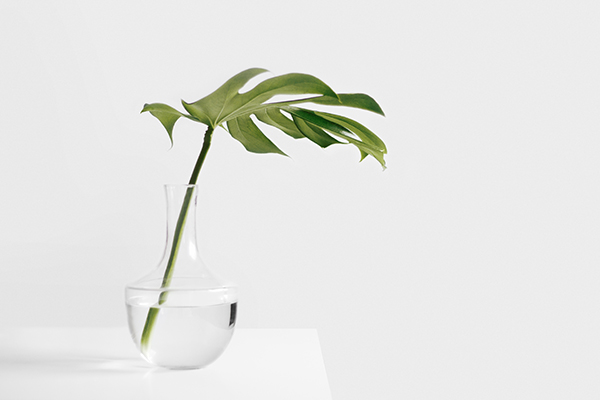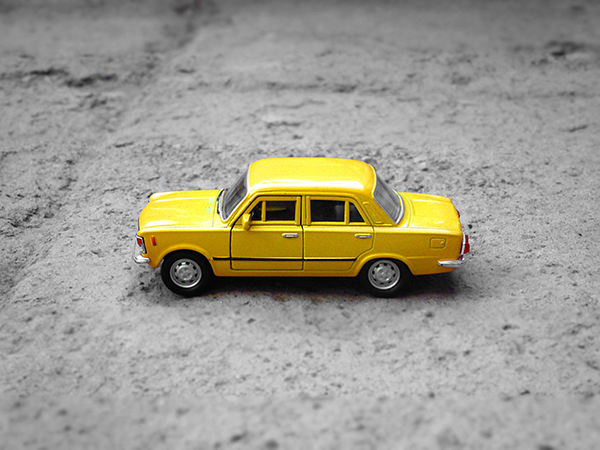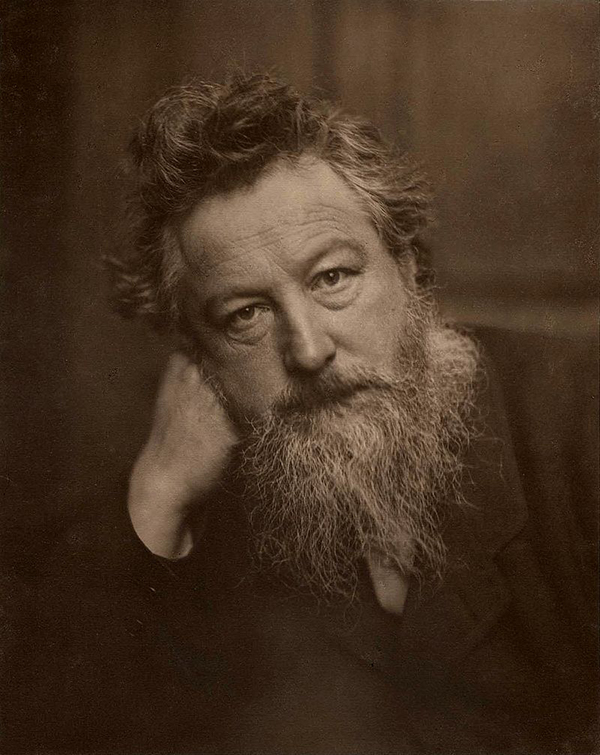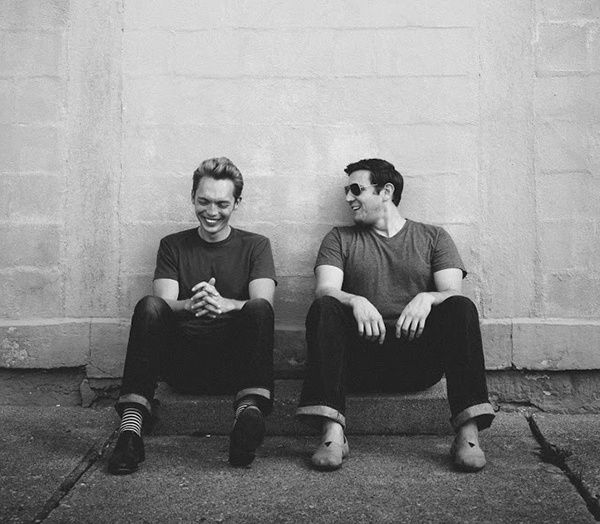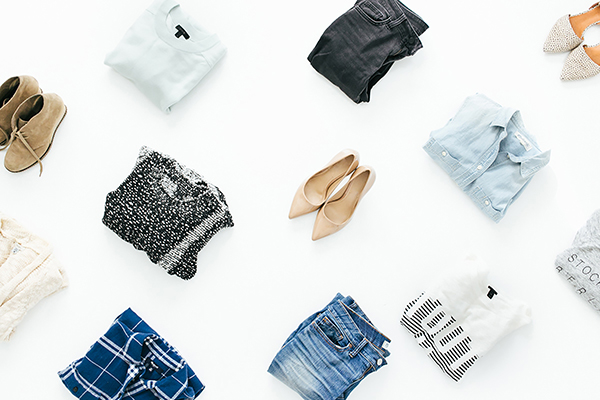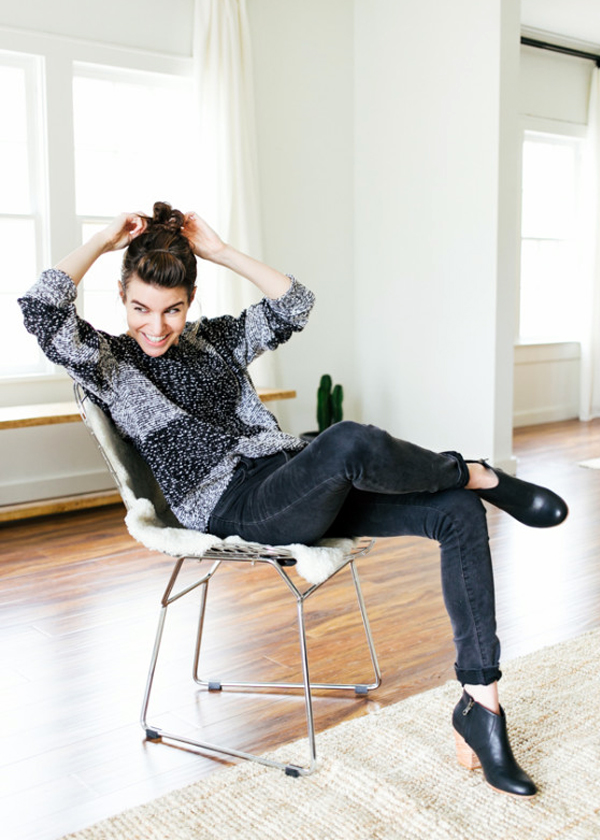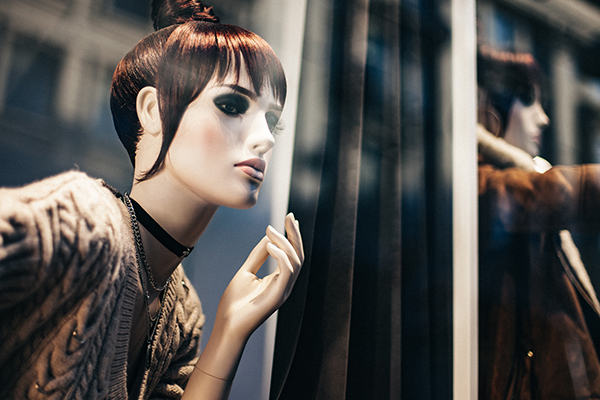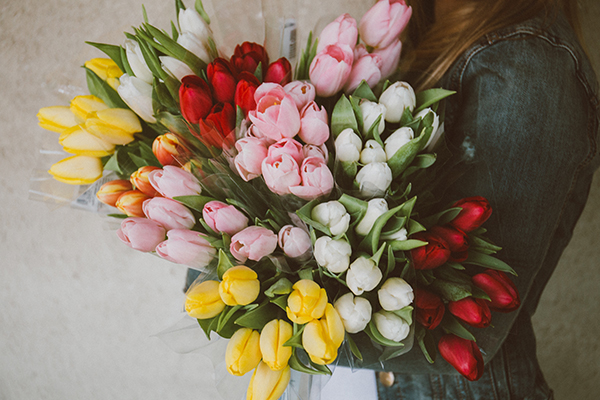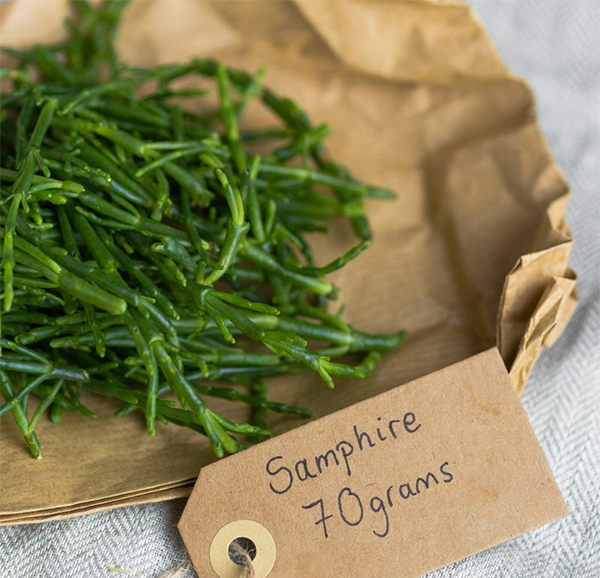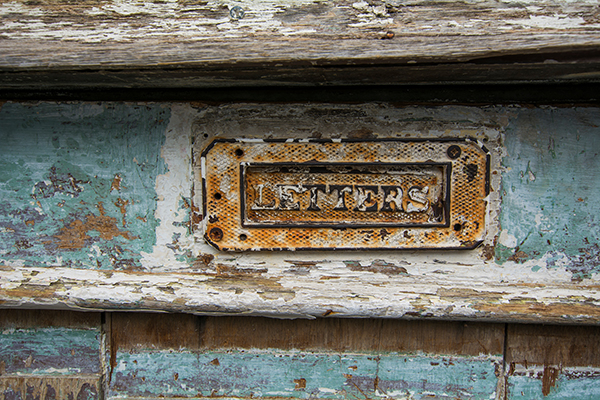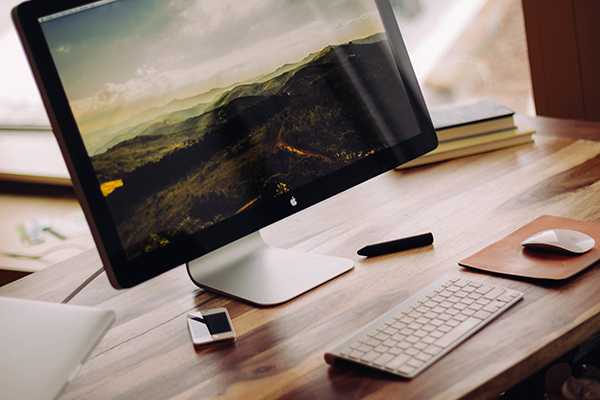You may have noticed that Minimalism, Minimalist living or Minimalist lifestyle are now frequently used phrases by eco-minded online communities.
For many, the term Minimalism conjures up images of sparse, clinical white living rooms containing nothing much at all. But this is a rebrand of previous definitions of Minimalism and doesn’t look like anything in particular. It is simply a lifestyle or attitude that’s open to interpretation and it’s possible you might be implementing it already.
Ironically, this isn’t a very Minimalist post… because it’s actually quite long. But in the spirit of being organised, I thought it best to put all the critical info in one place.
What is Minimalism?
The underlying philosophy of Minimalist living is that we should reduce everything in our lives, especially our possessions, to only the things we REALLY love and need. The premise being that when you are more discerning and intentional with the ‘stuff’ you choose to have in your life, it’s empowering – and really can make you happier.
Minimalist living has huge appeal, partly because it has the potential to offer a more calm, efficient and focused existence. But just like the philosophies of ‘simple living’, ‘slow living’ and ‘zero waste’, Minimalism also spreads a positive message about consuming better and consuming less. The approach comes from a sense of well-being, instead of being about an issue of morality.
Who are the pioneers of Minimalist living?
According to an article in the Guardian, Minimalism started in the US, with Steve Jobs being one of the early adopters. However, living simply can be traced back thousands of years. Diogenes, an ascetic Ancient Greek philosopher born in around 400BC, famously lived inside a ceramic pot. He saw poverty as a virtue and chose a simple lifestyle as a way of criticising the values of a corrupt and confused society.
But let’s fast forward to the post-industrial 20th-century…
William Morris
Textile designer, writer and social activist William Morris famously coined the mantra:
‘Have nothing in your house that you do not know to be useful, or believe to be beautiful’.
Morris was a leading figure of the Arts and Crafts movement. In the dawn of the industrial revolution, this group of British architects, designers and thinkers rejected the values of Victorian industrial capitalism. Their ideas condemned mass-produced factory-made furniture and decorative objects. Why? Because they were loaded with ugly Neo-Classical ornamentation, that mimicked bygone styles and didn’t serve a purpose.
Ever since the industrial revolution, the rise of the middle classes in developed countries has led to excess consumption. This has left many of us with too many belongings to manage – making life more complicated, tiring and stressful (not to mention the amount of waste left for the planet to deal with).
Could Minimalism be considered a cure to a society that has consumed too much for too long?
Marie Kondo
Fast forward yet another hundred years. A catalyst for the Minimalism movement was Marie Kondo‘s book, ‘The Life-Changing Magic of Tidying: A Simple, Effective Way to Banish Clutter Forever’ (2014) which has sold a whopping 6.5 million copies in 42 countries and regions. Much like William Morris, Kondo instructs readers to remove anything from their home that fails to ‘spark joy’. This simple concept forms part of her KonMari method and has got people decluttering, all over the globe.
The Minimalists
The Minimalists, aka Joshua Fields Millburn and Ryan Nicodemus, are also key figures in the Minimalist lifestyle movement.
Once two young white Americans rising up the corporate ladder, they had bought endless amounts of material possessions, in a failing mission to give their life more meaning. As you can probably guess, the void wasn’t being filled, no matter how big the house, the car or the bank balance. It in fact led to a life of debt and misery.
It was Joshua who first discovered Minimalist living. After quitting his 6-figure salary to become a writer, he introduced his best friend Ryan to the concept. Ryan then threw a ‘packing party’ which meant packing up all of his possessions into boxes and only removing the things he used. It turned out that 80% of his stuff remained in their boxes, so he got rid of the lot, through selling and donating.
The duo now make their living writing and mentoring, whilst continuing to spread their message. In addition to making their book and documentary, they give regular talks and run The Minimalists website.
In answer to the question, What is Minimalism? Their answer is simply:
“Minimalism is a tool to rid yourself of life’s excess in favour of focusing on what’s important—so you can find happiness, fulfilment and freedom.”
Petri Luukkainen
In 2013, Finnish film director Petri Luukkainen released his documentary My Stuff. The film tells the story of an experiment. Putting all his possessions into storage, he allowed himself to take back one item every day, for a whole year, without buying anything new. The film asks, what do we really need in order to live comfortably?
He starts with absolutely nothing, and runs from his empty flat – completely naked – through the snowy streets of Helsinki. And which items did he retrieve first?
- Day 1 – A long coat that can double up sleeping bag for the night
- Day 2 – A pair of shoes
- Day 3 – A blanket
- Day 4 – A pair of jeans
And you’ll have to watch the film to find out the rest…
He concludes that 100 items were enough to get by, but that 200 allowed him to live with some joy and comfort. His advice to others is to spend time apart from their stuff by putting it in a cupboard. If it’s appeal fades with absence, give it away.
Who is practicing Minimalist living and why?
Some would call it a fad, others might not see anything new in the concept. We are not ALL superficial consumers and some of us live like this already, right? For good or bad, there is obviously something infectious happening, as bloggers and vloggers are now documenting adventures into Minimalism and how it has changed their lives for the better.
Below is a video from sustainable fashion YouTuber Verena Erin of My Green Closet, a Canadian living in Berlin. I’m a fan of her videos for their clear and informative format. She offers plenty of advice on slow living and shopping more sustainably from her own personal experience. Here, she discusses the connection between Minimalist living and sustainability:
As outlined in this Forbes article by Deborah Weinswig, Minimalism is popular with Millennials. When compared to the Baby Boomers, a study cited by Bloomberg revealed that this group are much more likely to spend their money on experiences rather than material goods. The study also revealed that they are more likely to invest in products marked as ethical, sustainable and environmentally friendly.
This generation are turned on by the idea that living lighter gives you freedom. The desire for pared down living also extends to the Tiny House movement. Blogs such as Cabin Porn illustrate the appeal of small living spaces in beautiful locations, close to nature and far from life’s distractions. As a bonus, owning less means you can live in a smaller space and has the added benefit of saving you money that can ultimately be spent on fulfilling activities.
Practical Minimalism ideas
So here is Upcyclist’s shortlist on how to become more Minimalist…
1) What to wear?
Project 333 was started by Courtney Carver in 2010. The premise is that you should pick 33 items or less from your wardrobe and only wear those for the next 3 months. These items include clothing, jewellery, accessories, outerwear and shoes (excluding jewellery you wear all the time, underwear, sleepwear, loungewear or work out gear). The joy of a capsule wardrobe is that it saves you from the paralysis of choice and helps you distill your signature style.
#Project333 soon went viral and the online community rose to the challenge.
Minimalist fashion blogger Caroline from Unfancy (pictured below) chose a ‘wardrobe diet’ of 37 pieces for 3 months, without buying anything new. She has been sharing her outfits on her blog since 2014. In her 2016 in review post she advises dressing for real life, not the fantasy set by Pinterest and Instagram. She says,
When I’m present with my real life — instead of the fantasy — regrettable purchases decrease, wardrobe clutter decreases, and my closet grows even more useful.
Anuschka Rees is a Berlin-based writer and author of the book called The Curated Closet. She teaches people how to create personal style rather than be influenced by trends. Check out this example of how she puts together a 20-piece summer wardrobe for work and play.
2) Because I’m worth it
Do you look at price tags when shopping? Perhaps you shouldn’t. Buying quality over quantity is key to the Minimalist living ideology, that it’s better to spend more on one thing you REALLY need, than buy 5 things you have lukewarm feelings towards. Looking at price tags can skew our perception, and make items we don’t really need suddenly look more appealing.
If you’re planning to part with your cash and bring a new item into your life, research is paramount. Think carefully about what is going to be useful, durable and efficient for your life (as well as brighten up your day every time you look at it). Once you know exactly what you’re looking for, then start shopping. Researching online and reading reviews can also help you make an informed decision, before you buy.
Shopping aimlessly means you end up impulse buying impractical things that aren’t quite perfect, particularly during sale time. These items are not worthy of your wardrobe space.
3) Eat your presents
If someone asks what you would like as a gift, be specific about what you really need or ask for consumable gifts such as bath products, flowers or foods. It might feel rude to dictate to friends and family what they should or shouldn’t buy you, but there is a reason why they are asking.
If someone buys you a gift you know you will never use, let go of the guilt of re-gifting or donating it. Someone else can get more value from it.
Instead of exchanging gifts with your partner, consider putting the money towards a day out or weekend away – after all, what could be better than the gift of memories?
4) The reason why you are always tired
A study by Stanford revealed that self-proclaimed multi-taskers performed less efficiently than those who focused on one thing at a time. It’s now thought that only 2% of the population can multi-task. When we flit between two different things, the brain uses a lot of resources moving from one side of the brain to the other, making us feel tired at the end of the day.
Monotask. Consciously work on one thing at a time and turn off unnecessary notifications from your phone.
Tempted to check your Twitter? Rescue time is a software that tracks time spent on applications and websites, both on your mobile and computer. This is particularly useful for people who work online as it tracks exactly how long you’re spending looking at certain websites.
5) Newsfeed gardening
The decluttering theme doesn’t end at materials things. Reduce the digital ‘noise’ from your social media newsfeed. Unfollow the nonsense and turn off notifications.
Globalwebindex reports in 2015 that from a sample of 170,000 people, the average user spent 1.72 hours on social media every day. Allocate one hour in the day (e.g. 6-7pm) where you monotask with your social media, I mean… unapologetically binge on your newsfeed. Once that time is over, steer clear until the same time the next day.
6) Catch up killed the TV star
Consider getting rid of your television so that you only watch programmes on catch up. It means your viewing time is intentional rather than aimless.
7) Say cheese
Sometimes, you keep things just because you want to remember that you used to have them, or perhaps what they looked like. Don’t keep them. Take a photo and then donate or recycle. Just keep the items you use and make you happy.
8) If you can see it, you’ll use it
Marie Kondo’s philosophy is that you should do your tidying by category rather than by room. Organise your drawers so that everything can be seen at a glance. See your items as needing space to breathe so that you don’t pile things on top of each other. It means you won’t forget about the items you own.
9) Menu Prix Fixe
We are constantly bombarded with images of new recipes and beautifully presented healthy food which can sometimes make us feel like we have to reinvent the wheel for every meal. If you find yourself indecisive about what to eat for dinner at the end of each day (and where to buy ingredients), a fixed menu and predetermined weekly shopping list is another great ‘simplifier’.
It’s not always possible to stick to it rigidly, but a fixed menu that recurs every week means you have certain dishes on certain days. New dishes can be introduced once you start getting bored of them or the menu can be changed entirely each month. Fine tune it as you go along.
(This can be done all the more easily if you order groceries online, as you can often have preset favourites to order each week.)
10) Unless you love making paper planes
A single pending ‘to be filed’ box for incoming loose papers means you have somewhere to put important documents that are current. You can then go through that box when you get time and store anything you need to keep elsewhere if necessary.
Digitise documents by photographing them and keep them all in a cloud filing system, such as Dropbox. The Dropbox mobile app allows you to scan documents with your phone and then upload them to a designated folder.
Whenever there is a chance to get a bill or bank statement via email, opt in.
11) The gift of giving
When decluttering, remember to get rid of all your stuff responsibly. Recycle, sell your items or donate using Freecycle or charity shops. There is someone else out there who values your things more than you.
12) Zen work station
Many minimalists go digital, but this also requires a logical filing system that’s tailored to you (and of course backed up). But if your line of work means you end up with files all over your desktop, allocate time to file them out of site, even if it’s just into a folder marked ‘file these’. A clear desktop will make you feel immediately calm and ready to be productive.
Equally, go through your phone and delete all the redundant apps you are not using.
13) Choose your friends
One half of The Minimalists, Joshua Fields Millburn, wrote an essay called Letting go of shitty relationships. Culling friendships sounds ruthless – people are not things. But if Minimalism is about making room for what’s important i.e. spending time with people you love, perhaps it’s worth asking yourself do I spend time with this person out of choice or convenience?
In an article by Psychology Today, Suzanne Tegges-White says a break-up with a friend should be about you and your needs, not friends and their wrongs. Nurture authentic friendships that enhance your life, not those that drag you down.
❤︎
Call it Minimalism or whatever you want… Minimalist living should be perceived as a useful set of values, rather than list of rules. Many of these things require a lot of time to plan and organise, and striving for a certain ‘perfectionism’ can have an adverse effect.
One hopes at least that Minimalist living can help more people realise that there is a lot to be gained from buying less and if the values of this generation are changing it could have a very positive influence on our future.
Photo credits: 3rd image via Wikipedia | 4th by Web Summit | 5th via The Minimalists | 6th & 7th via Unfancy

